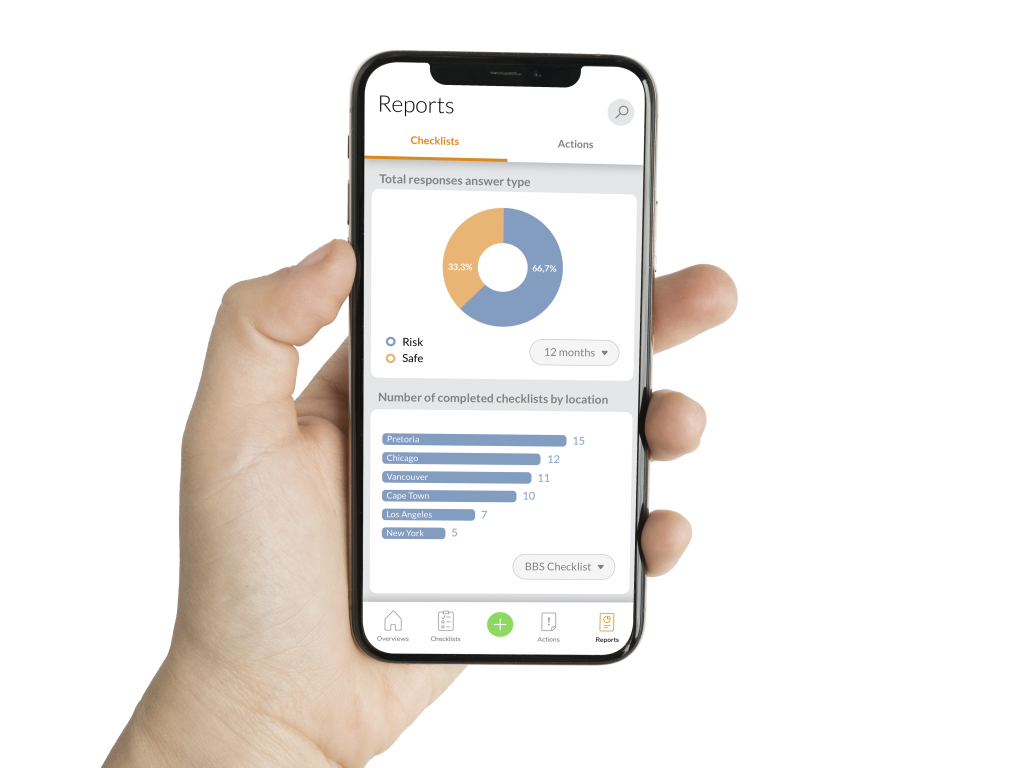We’ve been involved in the design, development, and implementation of enterprise-level software for over 20 years, which is why our team of experts puts together this 10-part series on evaluating Enterprise-level software. We’ll cover topics ranging from security, data collection and reporting requirements, implementation resources, pricing/cost models, and more, to ensure your next multi-purpose enterprise software deployment is a success. You can also download the entire Evaluating Enterprise-level Software whitepaper here.
Last week we looked at the importance of customization before considering new enterprise software. Does the solution meet your customization requirements? Let’s move on to the importance of multi-purpose software for your organization.
_________________
There are many enterprise-level software solutions that have been designed for a single-use activity or discipline and will only ever be used for that activity in your business. HR software and financial accounting software are typical examples.
In these cases, regardless of the people or currencies involved, the processes – and software used to manage them – remain the same across your business. There is likely no applicability for HR or financial accounting software outside of the HR and Finance Departments.
Better Buy-in with Enterprise Software that Works for Many Disciplines & Departments
This, however, is not the case for many other enterprise-level solutions. When considering a solution to solve your team’s (or department’s) problem, you should consider giving it the best chance of buy-in, support, and long-term success. Accomplish this by choosing a tool that can easily be configured for your workflow and problem but that can also meet the needs of other teams and departments with similar workflows and problems.

Multi-purpose enterprise software solutions for assessing, reporting, and managing compliance, risk or performance are a great example. The audit and inspection protocols and checklists may change depending on the discipline involved, but the process and workflow are essentially the same.
You assess compliance, risk, or performance against a set of predetermined questions or protocols and rectify/resolve/manage issues and non-conformances identified. The only thing that really changes is the questions and checklists themselves.
As such, when assessing the viability of a software solution to meet the needs of a discipline or department in your business, improve the probability of long-term success by ensuring that the solution you are considering will work for others like you across your business.

If, for example, you are looking for an enterprise-level audit and inspection management solution to improve risk, compliance, and performance, make sure the solution will work for all of the audits and inspections needs of your business including:
- Safety Audits (Jobsite safety, behavioral-based safety, food safety, etc.)
- Incident Reporting & Investigations
- Quality Assurance and Control Audits
- Environmental and Sustainability Audits
- Supply Chain Compliance Audits
- Process Control Inspections
- Cleaning, Inspection, and Lubrication (CIL) Inspections
- Facility and Maintenance Inspections
- Vehicle and Equipment Inspections
- Loss Prevention Audits
- Certification (ISO, GMP, etc.) Audits
- Risk Assessments
- Etc…
Next week, we’ll continue our series on evaluating enterprise software by exploring the reporting requirements of your business.



